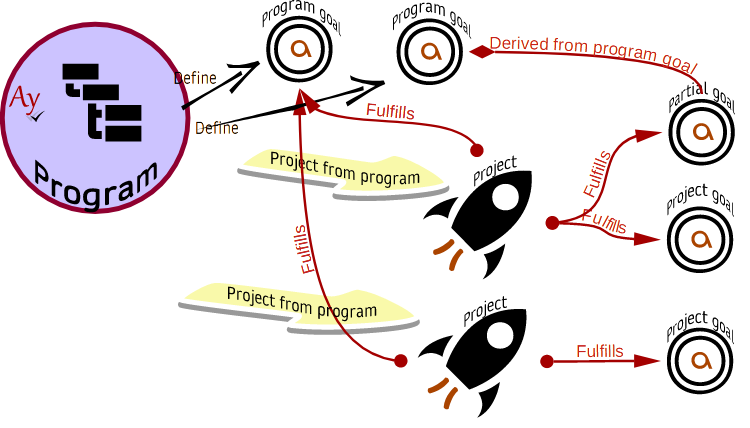AyMINE – Technical documentation
Modules
Integration with ERP Abra Gen
 Task, project & quality management
Task, project & quality management
Manager approval with the task report
Why some data can't be deleted
Adminitration of areas, projects, calendars
Region / project / methodology
Change management process in a project
GDPR and record of qualifications
Qualification of user or contact
Right to Manage Qualifications
Failure Analysis for an Individual Property of a Component or Process
FMEA – Probability of Detection
FMEA – Probability of Occurrence
 Task, project & quality management
Task, project & quality management
Administration of the Task Management Module
System rights for the task management module
Improvements and Preventive Measures
Methodology and Quality Management systems
What a methodology / QMS consists of
Problems, tickets and their management
Collaborative Resolution of Multiple Problems
Customer Service Response Generation
Incident and Quality Issue Management
Objects affected by the problem
Problems, Incidents, Helpdesk Tickets
Return project plan by baseline
Sample tasks and methodologies of the area
Effect of the task on the right to modify the attached object
The person responsible for the task
Working procedure – task definition
Objects related to the task pattern
 Contacts and directories module (CRM)
Contacts and directories module (CRM)
Order overview for customer groups
 Contacts and directories module (CRM)
Contacts and directories module (CRM)
System Permissions and CRM Module Settings
Send bulk messages in compliance with GDPR
How to correctly forget a person's details
Unsubscribe and set preferences
for bulk mail
 Web management and automation
Web management and automation
Receiving a message from the web
Human resources
Personalistics – User Permissions
Human Resources module security
Manage department / division data
Overview of Personnel Information for pracov# Employment Contract
Synchronizing staff and system users
 Products, assets and sales
Products, assets and sales
Received order for goods or services
Finance management
Metrics and Measurements
Technical Modules
Sabre plugin module
Enterprise Architect connector
Database link to Enterprise Architect database
Enterprise Architect connector
System Modules
 The AyMINE Framework Module
The AyMINE Framework Module
AyMINE — Tips for Mobile Usage
Configure how your system looks and works
Gestures and Keyboard Shortcuts
More about how the system works
Private notes and tags for objects
Overview of Modules and Record Types
Filtering in the list of records
 System Management
System Management
Additional functions with files
Copying and moving files between objects
Files (documents) linked to the object
Formatted texts in the application
Gateway settings for external messages
IMP gateway settings for email communication
Internet Call Gateway Settings
Message with the outside world
 Project Goal
Project Goal 
Goal allows to include the definition of the project objective in the project analysis, in particular to link requirements to objectives.
Objectives are part of the project documentation. Describing them as a separate element in the analysis gives the possibility to define for each requirement which project objective is fulfilled by it.
The logic of the goal in the documentation corresponds to its concept in the motivation layer ArchiMate.
Common program goals for multiple projects
A goal is always included in some part of the analytical model. The motivation model should be part of the project documentation, so the objective will logically belong to the project. However, the same goal can be followed by multiple projects and can refer to a common goal.
If you are implementing projects pursuing common goals, it's a common to define the program under which the goals are pursued and the projects are coordinated. The programme defines programme objectives, which can then be subdivided into sub-objectives that are met by individual projects.
Projects may fulfil their own objectives, derived programme objectives or a direct programme objective. The structure of the objectives should be adapted to the programme complexity. Be careful not to hunt to many rabbits at once :)
How the programme and its objectives are defined
The programme is registered in the system as a "global" project and the individual projects are its sub-projects. Thus, the projects will take their target from the programme to which they belong.
We recommend keeping the programme objectives and sub-objectives within one analytical model, i.e. the programme. The objectives can be better managed and reviewed when they are together. The programme manager has simple overview that all goals relate each other correctly.
If you want to model the incentive level in detail and create an incentive scheme, it is possible to use connector to Enterprise Architect and manage the model there.
The business goal in the analytical model
Goal is a part of the project's analytical modal, it is not a part of the enterprise architecture. Enterprise architecture model describes As-Is state , whilst the goal describes direction to the To-Be state.
